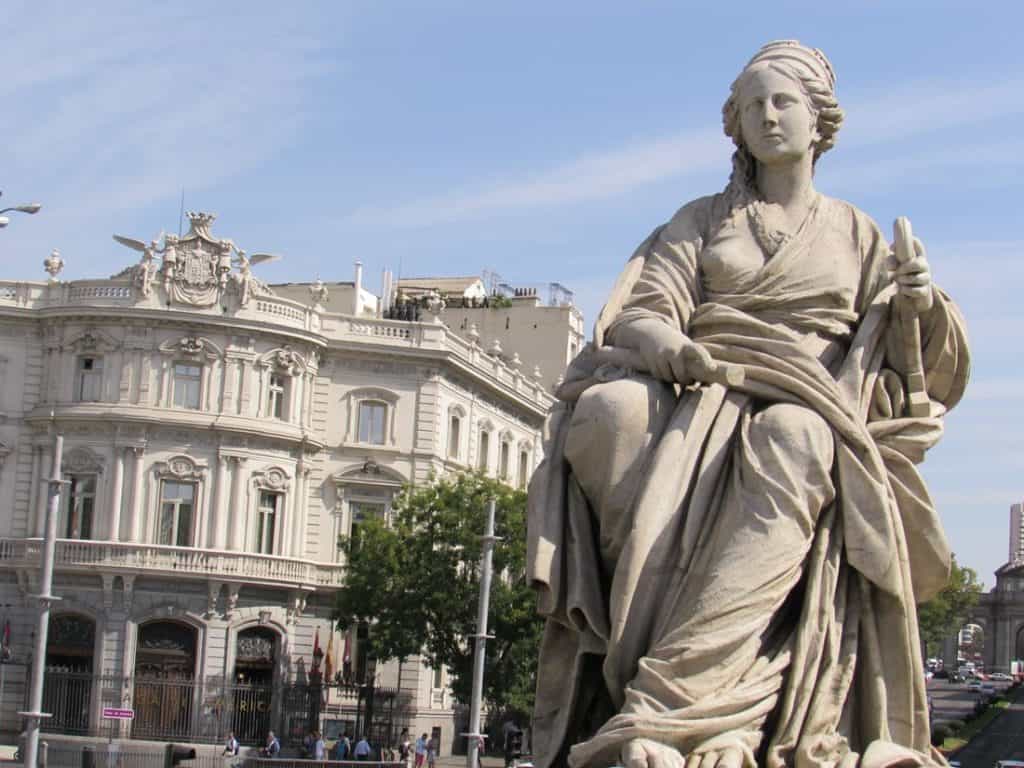The remote origin of the celebration of Mother’s Day dates back to ancient Greece and Rome, around 250 BC when festivals were held in honor of the respective mothers of the gods of each mythology. In Greece, Rhea, the mother of Zeus, Poseidon and Hades was honored with these festivals.
Origin of Mother’s Day: Mythology and Historical Legacy
Later, the Romans adopted this celebration from the Greeks and called it “La Hilaria”. It took place on March 15 at the temple of Cybele in Rome, the goddess who personified the Earth. Offerings and celebrations were held in honor of mothers for three days.
Rhea, a Greek goddess, played a prominent role in this tradition. She killed her husband who was also her brother, to protect the life of her son Zeus.
Rhea’s husband, Crono, had castrated his father, Uranus, in revenge for having locked his monstrous siblings in the depths of darkness. This revenge was requested by Gea, Crono’s mother.
Gea and Uranus warned Crono that one of their sons would dethrone him just as he had done with his father. Therefore, all the children born from the union of Crono and Rhea suffered the sad fate of being devoured by their own father.
However, Rhea, driven by her maternal instinct, devised a plan to save her sixth child and recover the others that were inside her devouring husband.
This fascinating historical and mythological background gives us a deeper understanding of the meaning and importance of the celebration of Mother’s Day over the centuries.
It is an opportunity to honor and thank all mothers inspired by the courage and unconditional love that Rhea showed to her children.
Rhea’s plan to save Zeus from the voracity of her husband, Crono
When Zeus, Rhea’s sixth child, was born, his mother devised a cunning plan to protect him from his devouring father. Rhea wrapped a stone in diapers, posing it as the baby while Zeus was secretly raised on the island of Crete guarded and cared for with maternal zeal.
Once Zeus grew up, he collaborated with his mother to carry out a bold act.
They managed to get Crono to drink a potion that forced him to vomit the other children he had devoured. This courageous goddess, whose love for her children was an example, received tributes from the Greeks and later, the Romans recognized her as the Magna Mater by adopting the Greek gods.
This mythological story reveals Rhea’s ingenuity and determination to save her beloved son Zeus a fascinating episode that forms part of the origin of Mother’s Day and that has lasted in the historical legacy of this celebration.
Cybele: The powerful goddess of nature and protector of cities

Cybele, a prominent deity in mythology, was worshiped primarily as the goddess of nature, responsible for the care and multiplication of the Earth’s wild elements. However, she played the role of guardian of cities and nations, ensuring the general well-being of her people.
Accompanied by the Coriban Dactyls, she honored Cybeles with frantic music and dances. His annual spring festival celebrated the death and resurrection of his beloved Attis.
Cybeles used to frequent mountains and wooded areas and her most common representation showed her riding a chariot drawn by lions or sitting on a throne, flanked by these majestic creatures.
This divinity, with its imposing power and presence, contributed significantly to the mythological richness that surrounds Mother’s Day, providing a background full of symbolism and connection with nature in this celebration.
The fascinating cult of Cybele and its influence on Mother’s Day
The cult of Cybele was strictly controlled by a high priest and a priestess who worked together with assistant priests known as “galli”, who were eunuchs.
Their orgiastic rituals, which included ecstatic dances, flogging and for initiated priests, self-castration, were forbidden for Roman citizens until imperial times.
The annual Cybele festival was originally celebrated on April 4 but during the reign of Claudius, it was extended from March 15 to 27.
It is interesting to note that, in the context of the ancient civilizations of Latin America before the Conquest motherhood was also worshiped. The goddess Coyolxauhqui, the mother of Huitzilopochtli, the warrior god of the Aztecs was the object of veneration and honor in these rituals.
These historical and cultural links reveal to us the diversity and universality of maternal celebrations, further enriching the historical background of Mother’s Day in different cultures around the world.
The Ancestral Roots of Mother’s Day: Aztec Beliefs, Goddess Brigid and Christian Influence
According to Aztec belief, the moon was worshiped as Maztli known as the mother goddess. The Aztecs demonstrated their deep devotion through impressive rituals and offerings of gold and silver in their honor.
On the other hand, in Celtic Britain the goddess Brigid was honored during a Mother’s Day that was celebrated in the spring. On this day, the first milked milk of the season was appreciated.
The first Christians transformed these festivities in honor of the Virgin Mary, the mother of Jesus. On Catholic Saint’s Day, December 8 celebrates the Feast of the Immaculate Conception, a date that has been maintained in the celebration of Mother’s Day in some countries.
This commemoration replaced the cult of the Roman Magna Mater when the Empire became Christianized thus merging the pagan and religious traditions surrounding motherhood into a unified and significant celebration.
The multiple historical influences allow us to understand the cultural richness and diversity that underlies Mother’s Day, a celebration that transcends borders and reminds us of the importance of maternal love in all ages and cultures…


